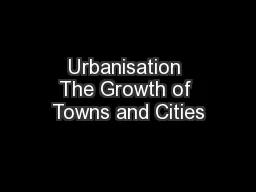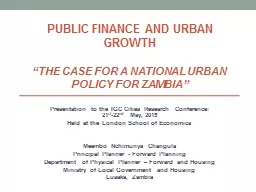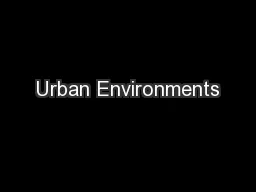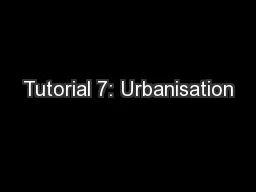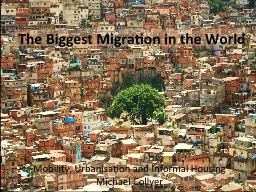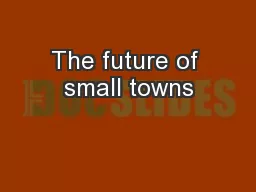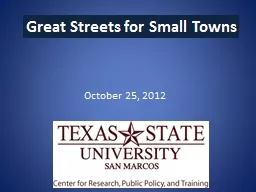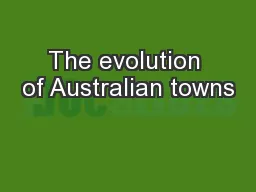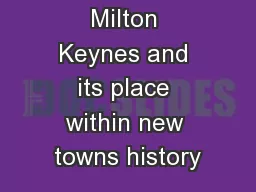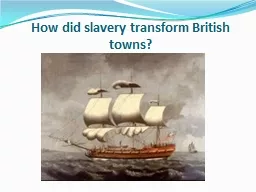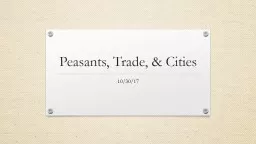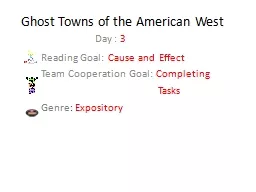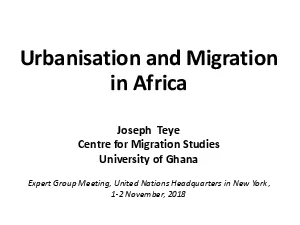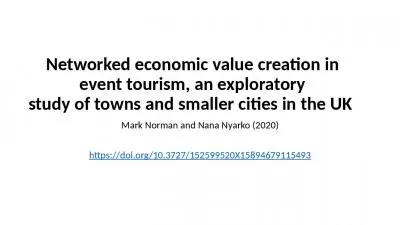PPT-Urbanisation The Growth of Towns and Cities
Author : phoebe-click | Published Date : 2018-02-27
Economic urban areas are market centres for the buying and selling of Goods and Services Administrative urban areas are the places from which the surrounding area
Presentation Embed Code
Download Presentation
Download Presentation The PPT/PDF document "Urbanisation The Growth of Towns and Cit..." is the property of its rightful owner. Permission is granted to download and print the materials on this website for personal, non-commercial use only, and to display it on your personal computer provided you do not modify the materials and that you retain all copyright notices contained in the materials. By downloading content from our website, you accept the terms of this agreement.
Urbanisation The Growth of Towns and Cities: Transcript
Download Rules Of Document
"Urbanisation The Growth of Towns and Cities"The content belongs to its owner. You may download and print it for personal use, without modification, and keep all copyright notices. By downloading, you agree to these terms.
Related Documents

